
 Burning mix: sugar rocket fuel, mg powder and KClO3
Burning mix: sugar rocket fuel, mg powder and KClO3
And Ferrofluid
<img src="https://fbcdn-sphotos-c-a.akamaihd.net/hphotos-ak-ash3/544806_10150706157984024_2108355769_n.jpg" width="800" />
[Edited on 22-1-2013 by uzaymaymunu]

 Burning mix: sugar rocket fuel, mg powder and KClO3
Burning mix: sugar rocket fuel, mg powder and KClO3
Quote: Originally posted by uzaymaymunu  |
Quote: Originally posted by Boffis  |
Quote: Originally posted by Valentine  |
Quote: Originally posted by Valentine  |

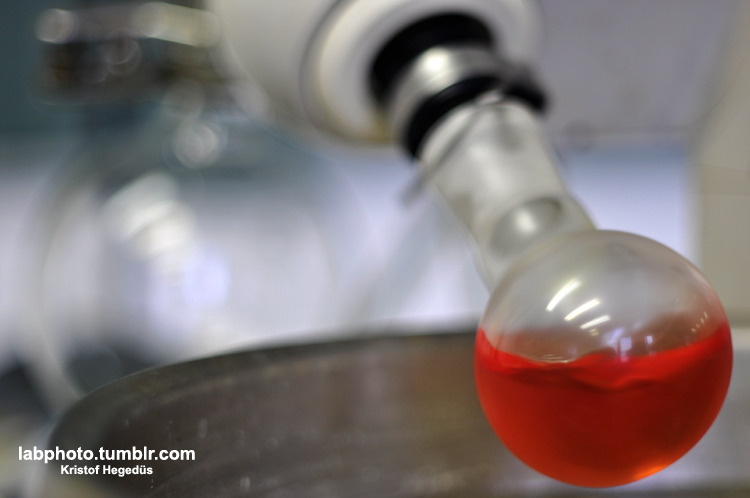
Quote: Originally posted by kristofvagyok  |

Quote: Originally posted by kristofvagyok  |

Quote: Originally posted by Mailinmypocket  |
 a few weeks ago, I had a dream that I couldn't resist
eating some Pb(OAc)2
a few weeks ago, I had a dream that I couldn't resist
eating some Pb(OAc)2 
Quote: Originally posted by mayko  |
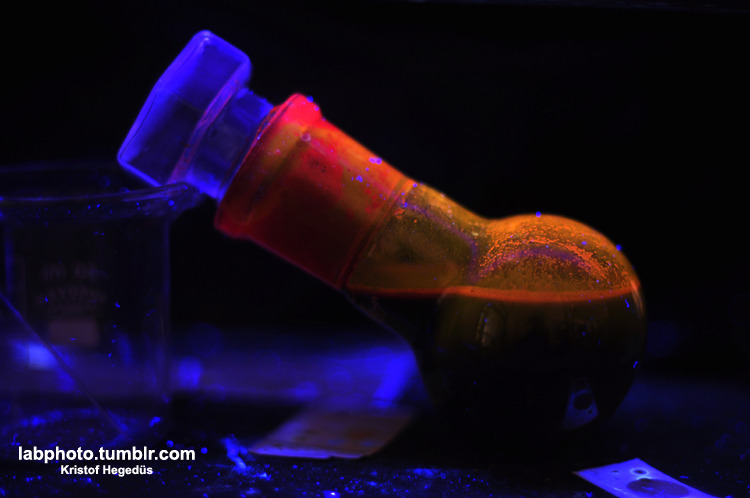
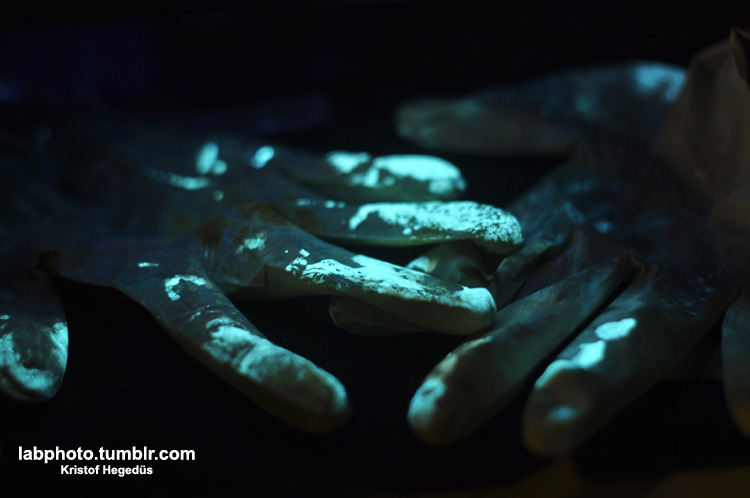
Quote: Originally posted by Mailinmypocket  |
Quote: Originally posted by elementcollector1  |
Quote: Originally posted by bfesser  |
Quote: Originally posted by Xenon1898  |






 There's a bit of
starch added in to color the foam blue.
There's a bit of
starch added in to color the foam blue.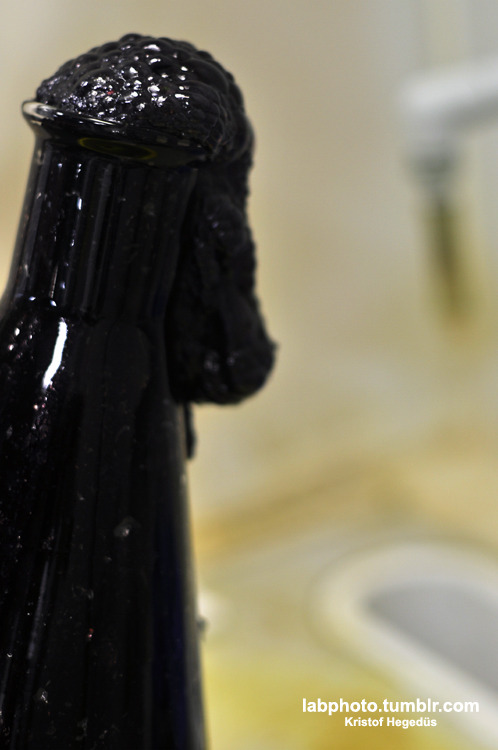
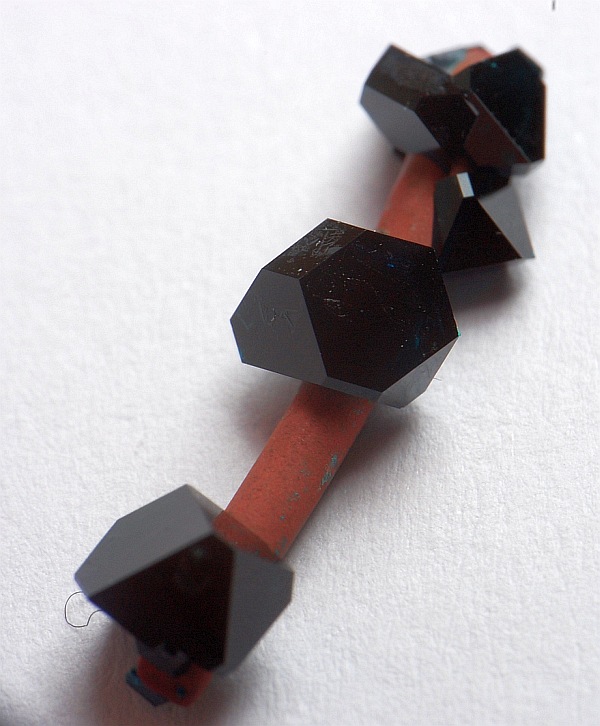
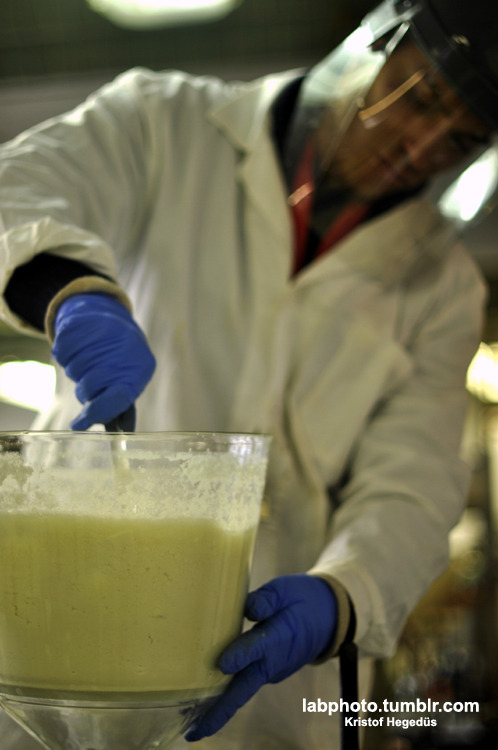




Quote: Originally posted by Endimion17  |


Quote: Originally posted by Organikum  |
Quote: Originally posted by Mailinmypocket  |
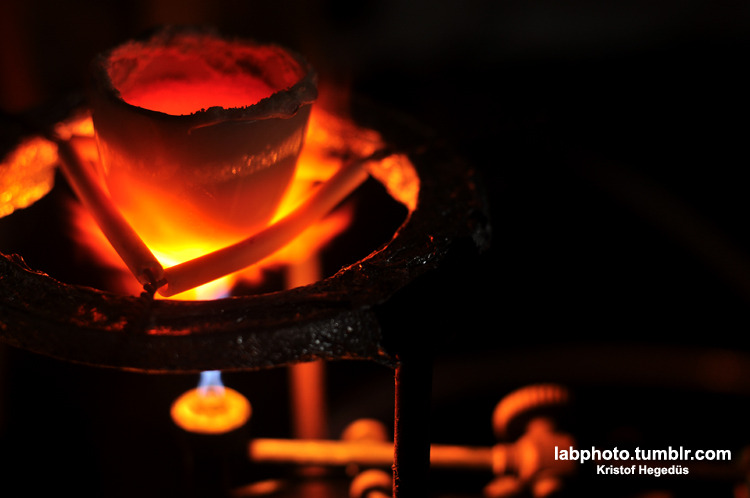 [/url]
[/url]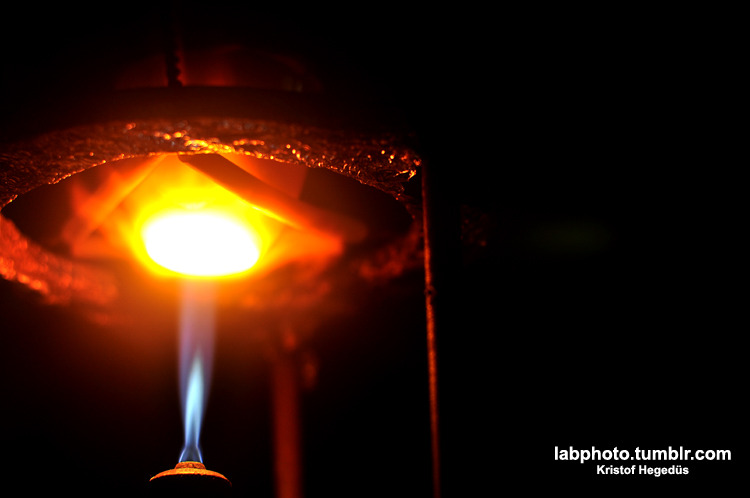
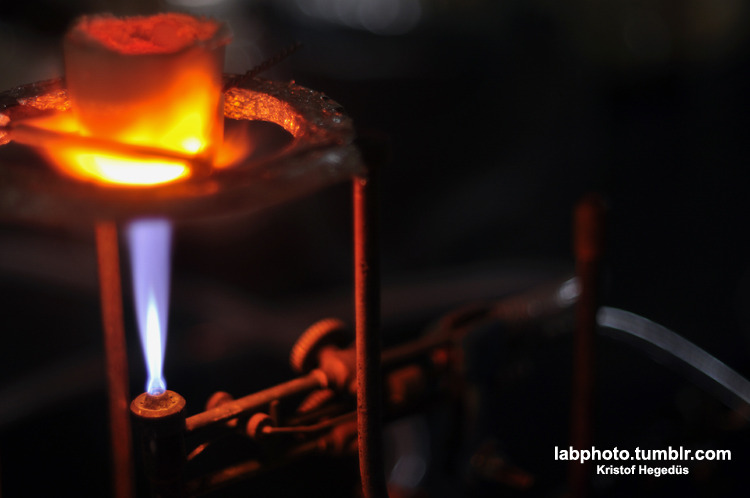
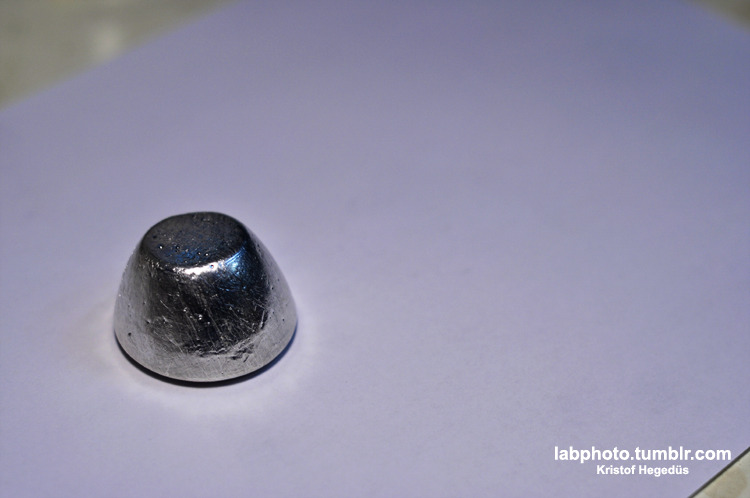






Quote: Originally posted by Eddygp  |
Quote: Originally posted by Morgan  |
Quote: Originally posted by Morgan  |
| Quote: |
Quote: Originally posted by Magpie  |
Quote: Originally posted by Adas  |



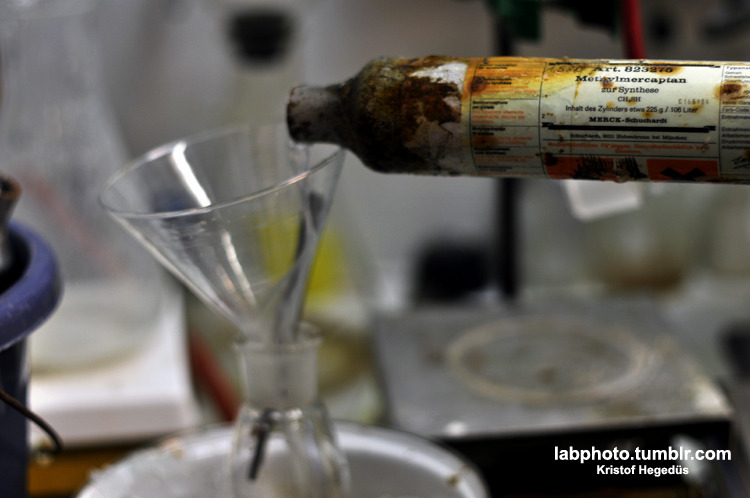
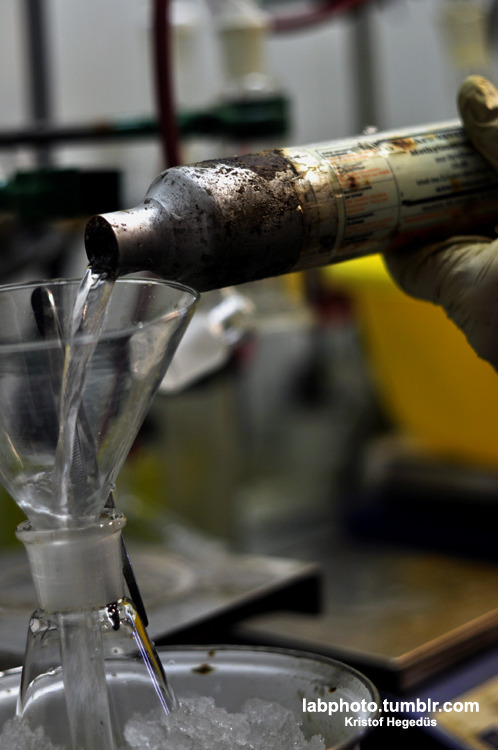
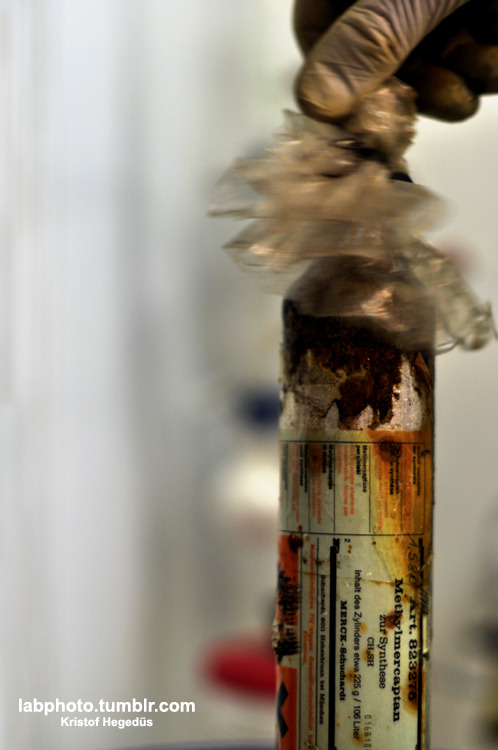
Quote: Originally posted by kristofvagyok  |


 . If they could be placed
under a UV lamp that would also be a plus. I'm open to any ideas and would hopefully be able to fairly easily prepare them. Thanks for any ideas!
. If they could be placed
under a UV lamp that would also be a plus. I'm open to any ideas and would hopefully be able to fairly easily prepare them. Thanks for any ideas!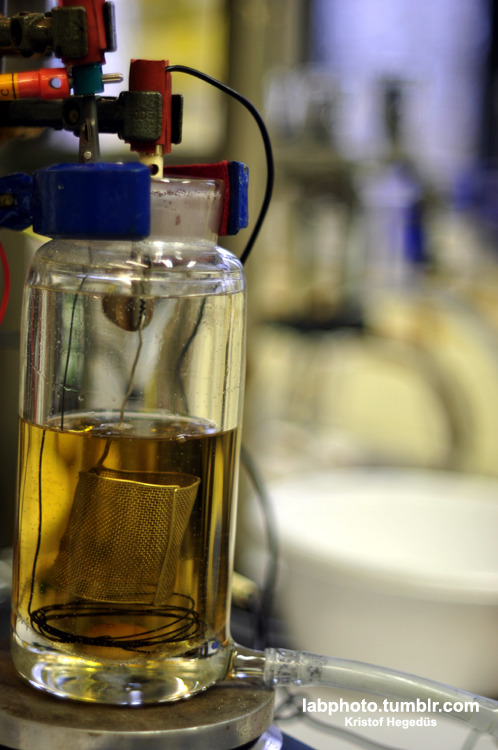

Quote: Originally posted by chemcam  |

Quote: Originally posted by chemcam  |
| Quote: |
 keep it in a Perspex box? http://www.sciencemadness.org/talk/viewthread.php?tid=23905 (I liked it too)
keep it in a Perspex box? http://www.sciencemadness.org/talk/viewthread.php?tid=23905 (I liked it too)Quote: Originally posted by MrHomeScientist  |

Quote: Originally posted by Pyro  |